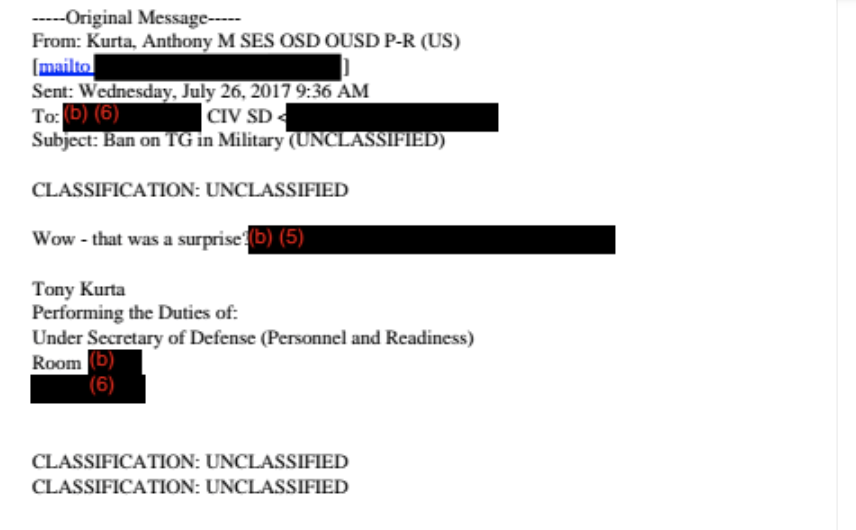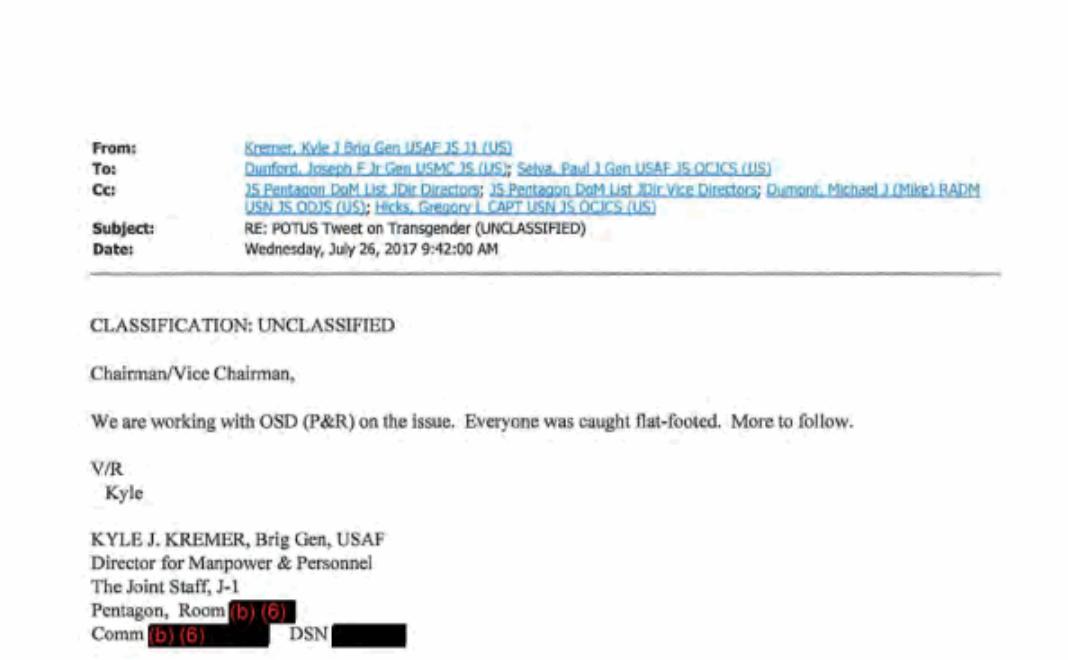Me and five online friends watched as Twitter users pleaded for flood rescue during #Harvey. The 911 system went down. Fed, state and city officials told people to use 911, and not to use Twitter.
We saw volunteers wasting critical time boating to homes based on outdated posts.
We decided to focus on supporting fed agencies by giving them actionable, accurate, timely data for search and rescue.
Then we coined the term #HarveySOS, and asked friends to go out and tag distress calls using that hashtag.
Another team grabbed those tagged tweets and entered them using consistent formatting.
That’s when we broke Google Sheets.
We had a volunteer shallow water rescue expert in Houston, sharing our data with her team and others with some training.
When the flood waters receded, Houston Emergency Management tweeted their gratitude for our data.
We were tired. Ready for sleep. We had facilitated 5,000 to 7,000 individual rescues (typically with multiple people and pets).
There is now a crowdsourcing desk at @fema that activates as part of the full federal response. They are helping operationalize the work off groups like @crowdrescue.
Yet help we did.
And our groundbreaking work then will be supporting lifesaving efforts for years to come.



